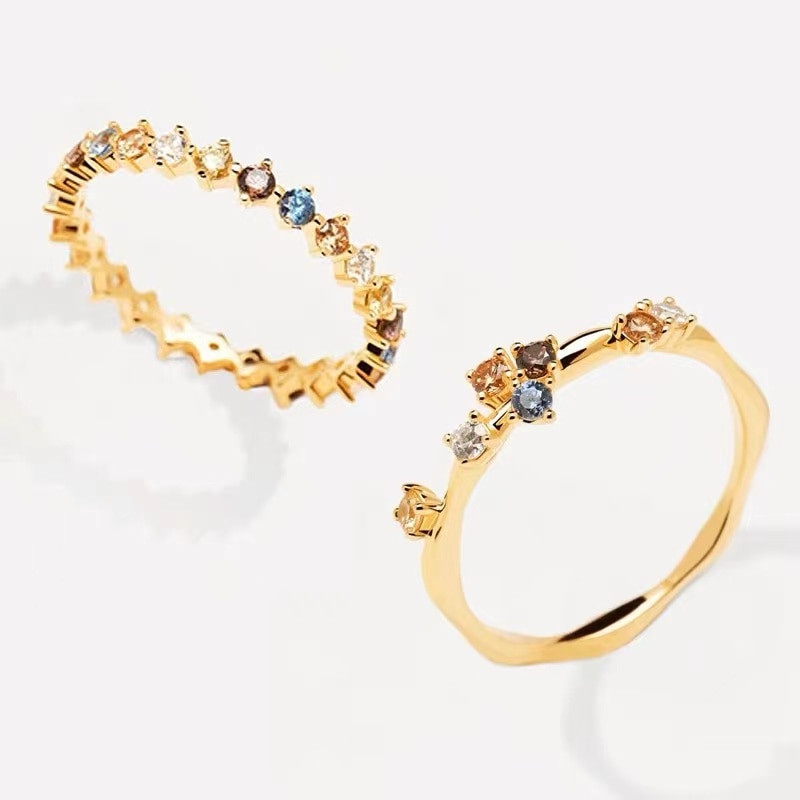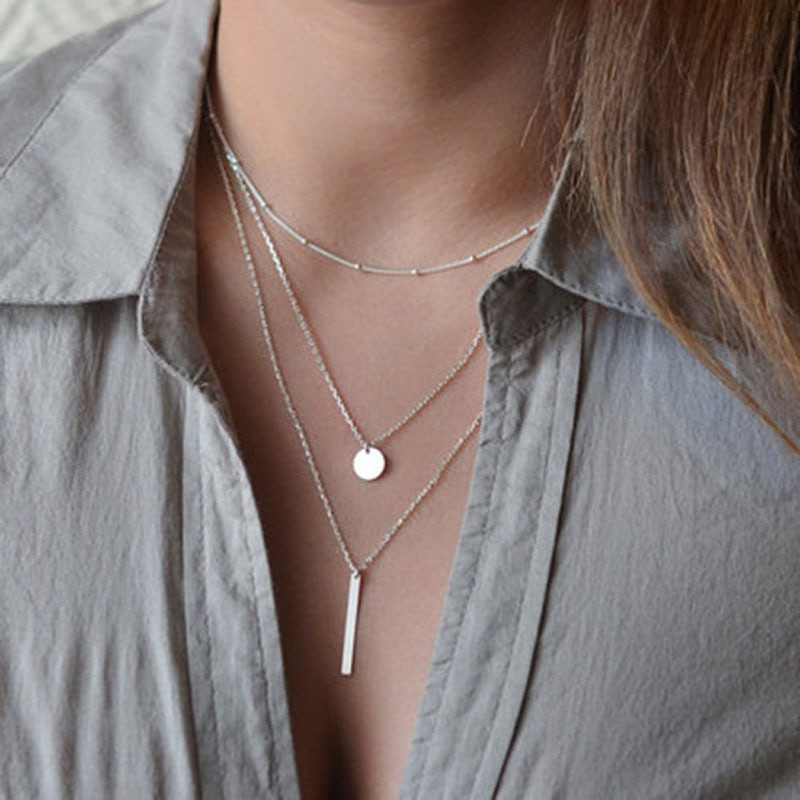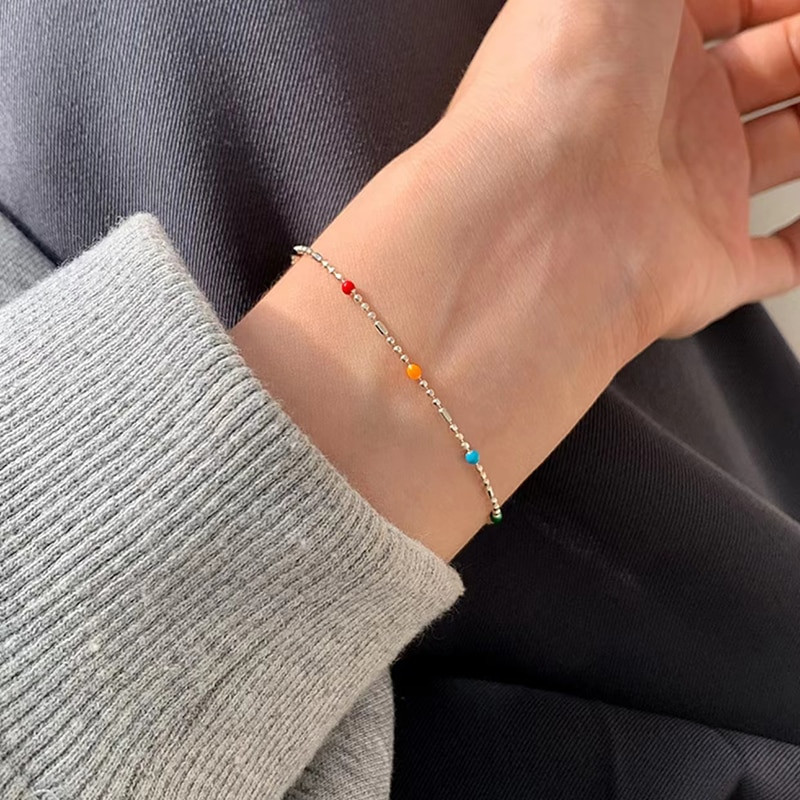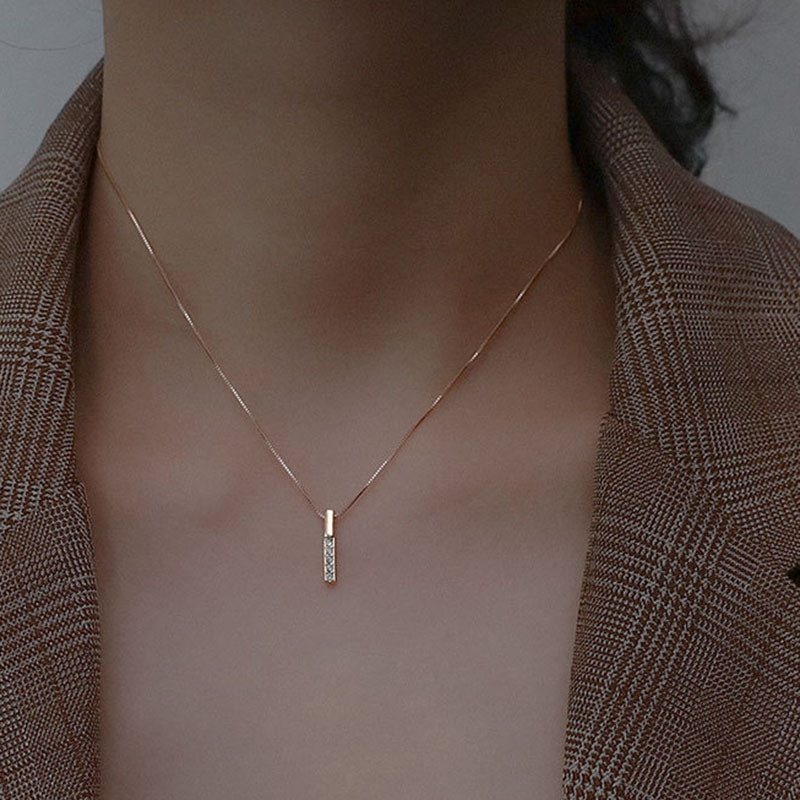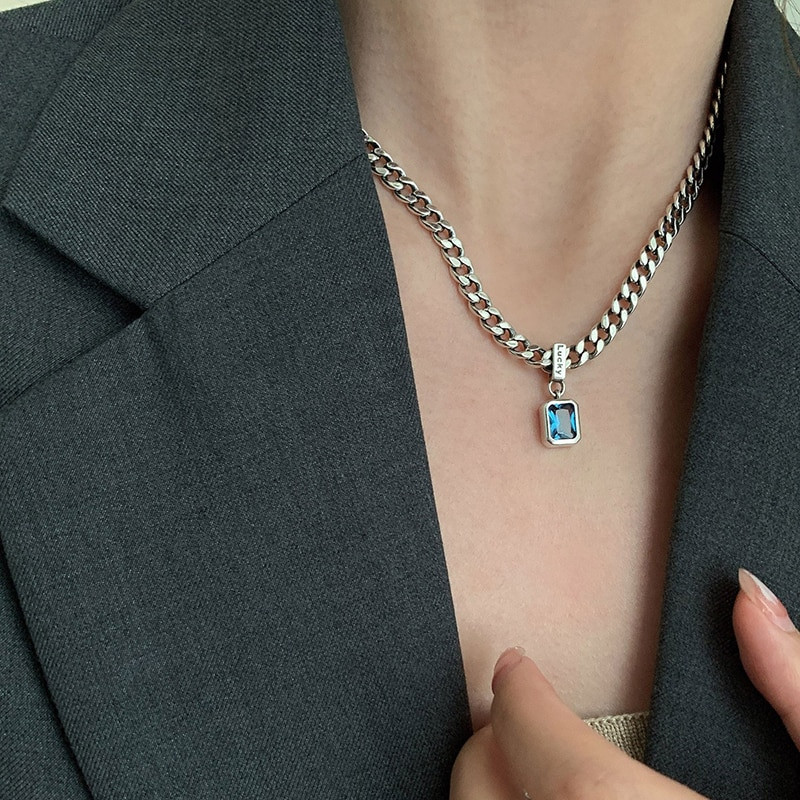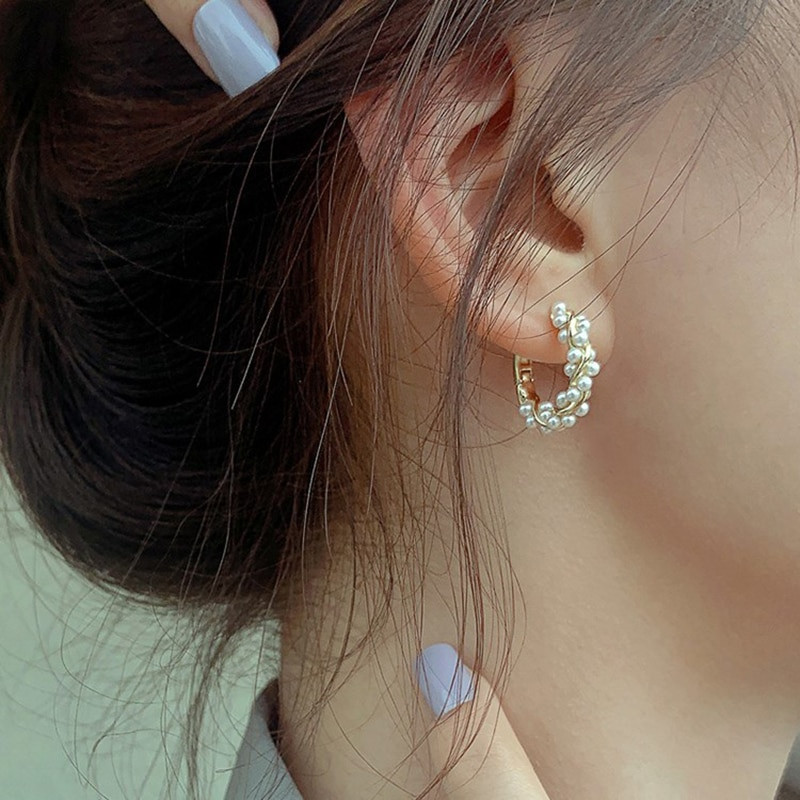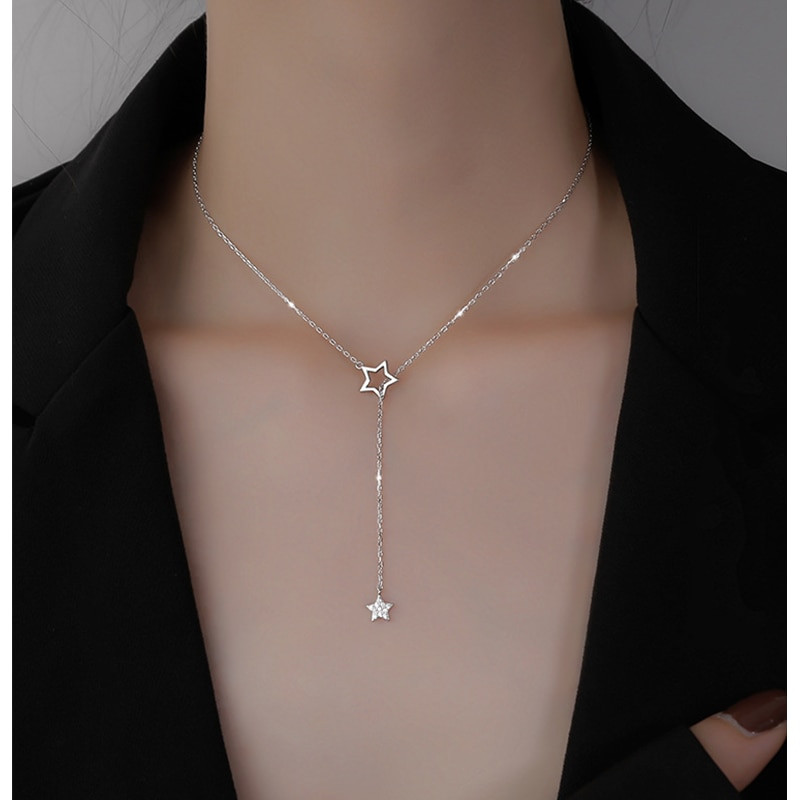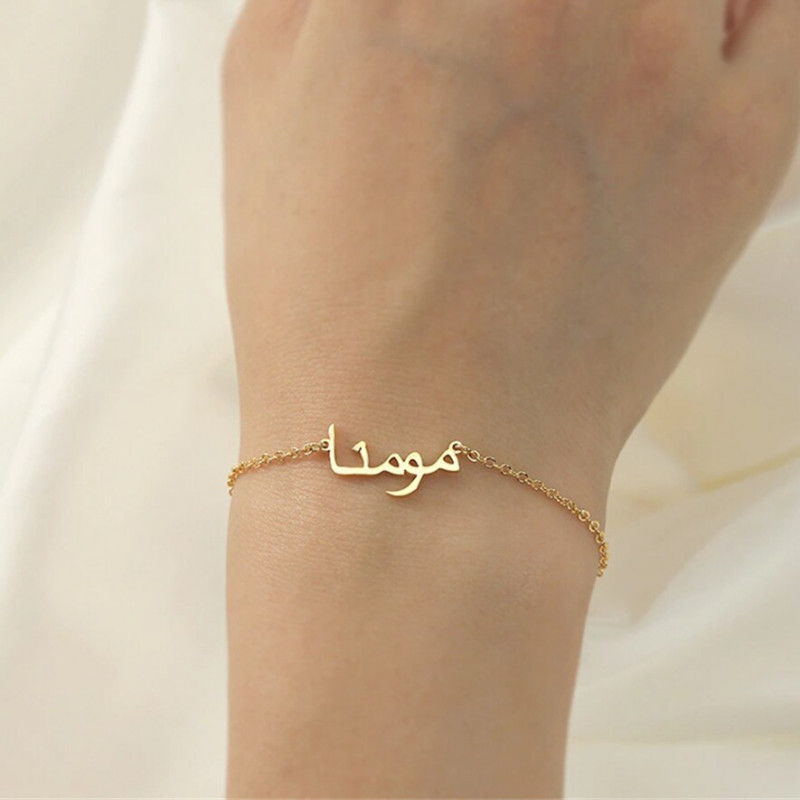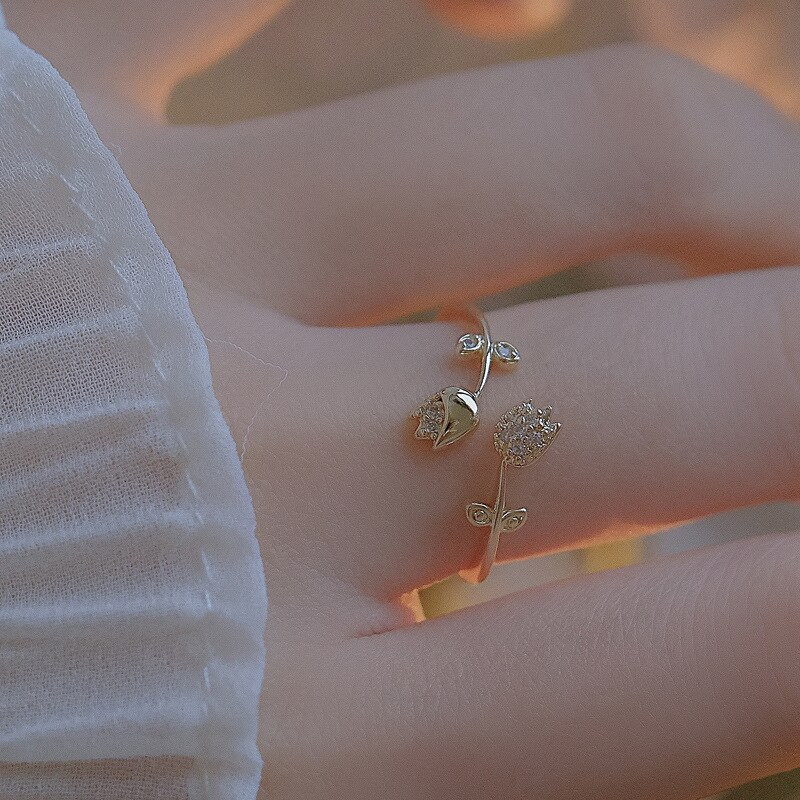Gold Vermeil vs Gold Plated: Understanding the Key Differences
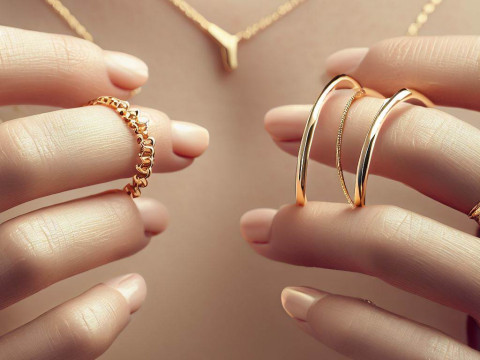
Gold jewelry is a timeless and exquisite accessory that adds a touch of elegance to any outfit. When shopping for gold jewelry, you may come across terms like "gold vermeil" and "gold plated." While these may sound similar, there are distinct differences between the two. In this article, we will delve into the intricacies of gold vermeil and gold plated jewelry to help you make an informed decision about your purchase.
Introduction
Gold vermeil and gold plated jewelry are popular choices for those seeking affordable yet stylish pieces. Both options offer a layer of gold over a base metal, but the manufacturing processes and properties set them apart. Understanding these differences is crucial to ensure you select the right type of jewelry that suits your preferences and requirements.
What is Gold Vermeil?
Definition
Gold vermeil refers to jewelry made of sterling silver or another suitable metal coated with a thick layer of gold. To qualify as vermeil, the gold layer must be at least 10 karats and have a thickness of 2.5 microns. This gold plating process gives the jewelry a lustrous and durable finish.
Manufacturing Process
The production of gold vermeil involves several steps. First, the base metal, usually sterling silver, is carefully crafted into the desired shape. Then, the piece undergoes thorough cleaning and preparation to ensure optimal adhesion of the gold layer. Finally, the jewelry is immersed in an electrolyte bath, where an electrical current is applied to deposit a thick layer of gold onto the surface.
Properties
Gold vermeil jewelry offers several advantages. The thickness of the gold layer provides durability, making it less prone to wear and tarnishing compared to other gold-plated options. The underlying sterling silver base metal adds strength and enhances the overall quality of the piece. Additionally, gold vermeil jewelry often exhibits a higher gold content, lending it a luxurious appearance.
What is Gold Plated?
Definition
Gold plating involves depositing a thin layer of gold onto a base metal through an electroplating process. The gold layer in gold plated jewelry is typically less than 1 micron in thickness. This technique creates an attractive gold appearance but may require more frequent maintenance due to the thinness of the layer.
Manufacturing Process
The process of gold plating involves a similar electroplating technique as gold vermeil. However, the layer of gold deposited in gold-plated jewelry is significantly thinner. The base metal, which can vary, is prepared and then immersed in a gold-containing solution, where an electric current is applied to bond the gold particles to the surface.
Properties
Gold plated jewelry offers a more affordable option for those who desire the look of gold without the higher price tag. The thin layer of gold provides a beautiful aesthetic, but it may wear off over time, revealing the base metal underneath. Due to the limited thickness of the gold plating, gold plated jewelry may require more frequent re-plating to maintain its appearance.
Differences between Gold Vermeil and Gold Plated
Understanding the distinctions between gold vermeil and gold plated jewelry can help you make an informed decision when choosing the right piece for yourself or as a gift. Let's explore the key differences between these two types of gold jewelry:
Thickness
One of the primary differences between gold vermeil and gold plated jewelry is the thickness of the gold layer. Gold vermeil jewelry has a thicker layer, typically measuring 2.5 microns or more, offering increased durability and longevity. On the other hand, gold plated jewelry has a significantly thinner layer, usually less than 1 micron, making it more susceptible to wear and requiring more maintenance.
Base Metal
Gold vermeil jewelry is often made with sterling silver as the base metal. Sterling silver is known for its strength and durability, adding to the overall quality of the piece. In contrast, gold plated jewelry can be crafted using various base metals such as brass or copper. The choice of base metal can affect the appearance and durability of the jewelry.
Durability
Due to its thicker gold layer and sterling silver base, gold vermeil jewelry tends to be more durable than gold plated pieces. The additional thickness provides a protective barrier against everyday wear and tear, reducing the risk of the gold layer wearing off. Gold plated jewelry, with its thinner layer, may require more careful handling and regular maintenance to preserve its appearance.
Tarnish Resistance
Gold vermeil jewelry, with its sterling silver base, exhibits a higher resistance to tarnishing compared to gold plated jewelry. Sterling silver has inherent anti-tarnish properties, providing a longer-lasting shine. In contrast, gold plated jewelry may be more prone to tarnish, especially as the thin gold layer wears off and exposes the base metal.
Pricing and Accessibility
When it comes to pricing, gold plated jewelry tends to be more affordable than gold vermeil. The thinner gold layer and the use of less expensive base metals contribute to the lower price point of gold plated pieces. Gold vermeil, with its thicker gold layer and sterling silver base, generally commands a higher price due to the added quality and durability it offers.
In terms of accessibility, both gold vermeil and gold plated jewelry are widely available. They can be found in various jewelry stores, online marketplaces, and even in fashion boutiques. The availability of different designs, styles, and price ranges ensures that there is something suitable for every budget and personal taste.
Care and Maintenance
Proper care and maintenance are essential for preserving the beauty and longevity of both gold vermeil and gold plated jewelry. Here are some tips to help you keep your gold jewelry in excellent condition:
Avoid exposure to harsh chemicals: Remove your gold jewelry before engaging in activities that involve exposure to chemicals, such as swimming in chlorinated pools or using cleaning products. Chemicals can accelerate the tarnishing or wearing off of the gold layer.
Keep away from moisture: Moisture can affect the integrity of the gold layer. Store your jewelry in a dry place and avoid wearing it while bathing or participating in water-related activities.
Gently clean and polish: Use a soft cloth to gently clean your gold jewelry and remove any dirt or oils. Avoid abrasive materials or harsh chemicals that can scratch or damage the gold layer. If needed, you can use a mild soap solution and a soft brush to clean hard-to-reach areas.
Store properly: When not in use, store your gold jewelry in a jewelry box or a soft pouch to protect it from scratches and oxidation. It's also a good idea to store each piece separately to prevent tangling or rubbing against other jewelry.
Avoid excessive wear: While gold vermeil and gold plated jewelry are durable, excessive wear and friction can accelerate the wearing off of the gold layer. Remove your jewelry when engaging in activities that may subject it to excessive strain or impact.
Re-plate when necessary: If you notice significant wear or discoloration of the gold layer on your jewelry, consider having it re-plated. A professional jeweler can restore the luster and appearance of your piece by applying a fresh layer of gold.
Conclusion
In conclusion, understanding the differences between gold vermeil and gold plated jewelry can help you make an informed decision when purchasing or wearing gold accessories. Gold vermeil offers a thicker gold layer, sterling silver base, enhanced durability, and tarnish resistance, making it a preferred choice for those seeking higher quality and longevity. On the other hand, gold plated jewelry provides an affordable option with a thinner gold layer, requiring more maintenance and care to preserve its appearance. Both options offer a wide range of designs and styles to suit individual preferences and budgets.
When choosing between gold vermeil and gold plated jewelry, consider factors such as durability, price, and your personal style. By following proper care and maintenance practices, you can enjoy your gold jewelry for years to come, regardless of the type you choose.
FAQs
Can gold vermeil jewelry be worn every day? Gold vermeil jewelry is designed to withstand regular wear and is suitable for everyday use. However, it is still recommended to remove your jewelry before engaging in activities that may subject it to excessive strain or impact.
Can gold plated jewelry cause skin reactions? Some individuals may experience skin reactions or allergies when wearing gold plated jewelry, especially if they have sensitivities to the base metal. If you have sensitive skin, it's advisable to opt for gold vermeil or solid gold jewelry.
Can gold plated jewelry be re-plated? Yes, gold plated jewelry can be re-plated to restore its appearance. However, the process may involve removing the old gold layer and reapplying a new one, so it's important to consult a professional jeweler for the best results.
Is gold vermeil jewelry more expensive than solid gold? Gold vermeil jewelry is generally more affordable than solid gold jewelry due to the thinner layer of gold and the use of a base metal. However, it offers a similar aesthetic and quality at a lower price point.
How long does gold vermeil jewelry last? The lifespan of gold vermeil jewelry depends on various factors such as wear, care, and maintenance. With proper care, gold vermeil jewelry can retain its appearance for several years before requiring re-plating.

